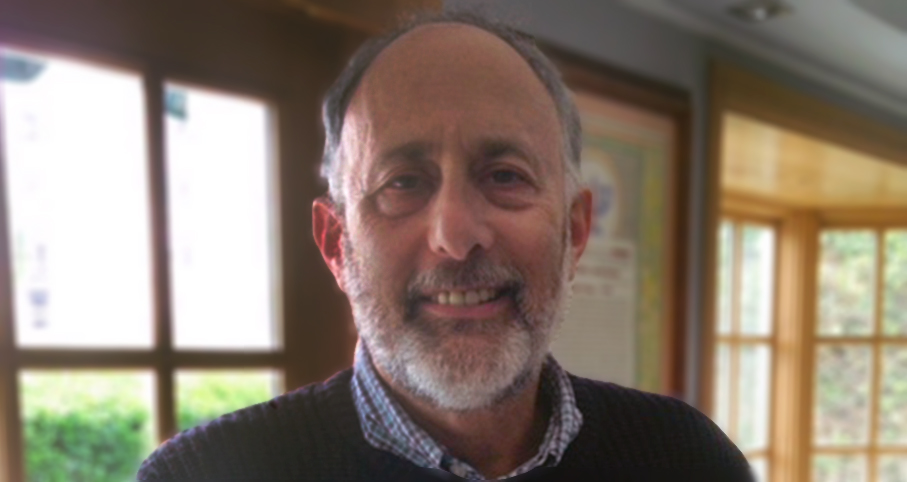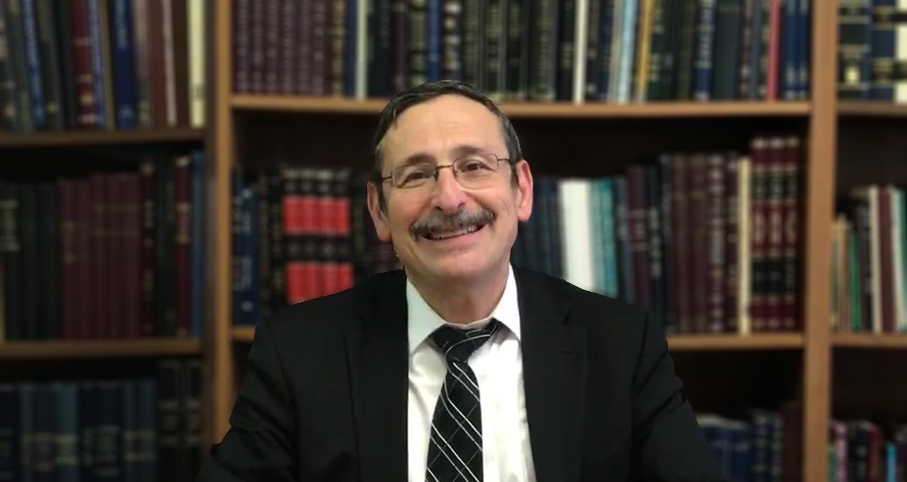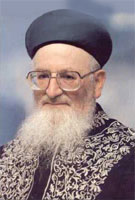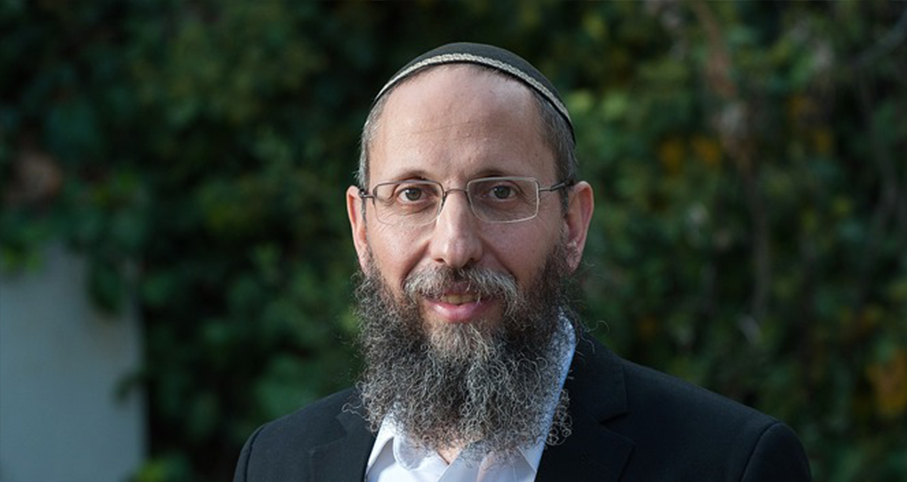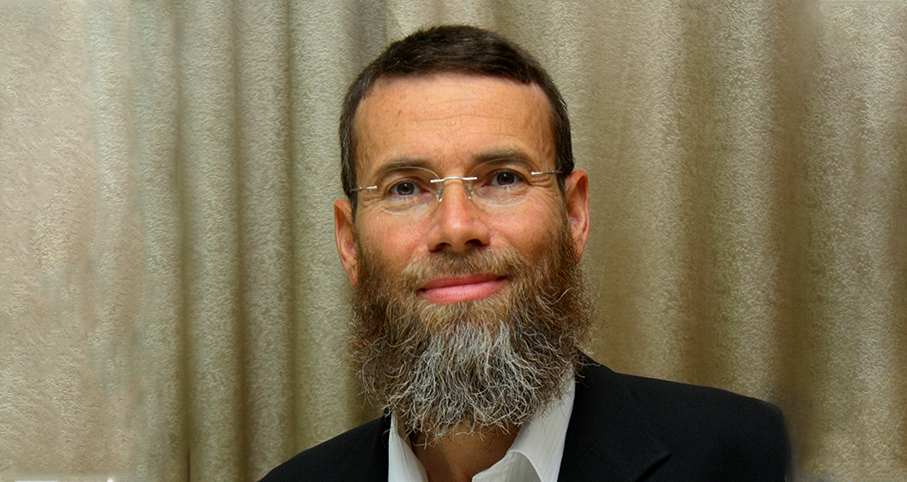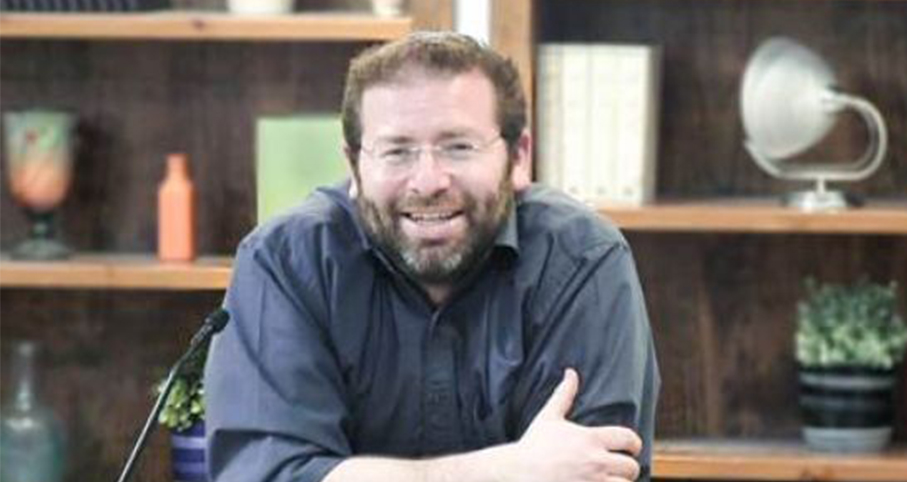Beit Midrash
- Torah Portion and Tanach
- Bamidbar
- Balak
- Sections
- Chemdat Yamim
- Parashat Hashavua
Micha Hamorashti was a contemporary of Yeshaya, but began his "career" later than Yeshaya (Yeshaya prophesied already from the time of Uziya, whereas Micha began during the time of his son Yotam (Seder Olam Rabba)). Since Yeshaya started prophesying on the day that Uziya contracted tzara’at, which was the effective end of his reign, there may not have been much of a time difference between the two. However, there are some major differences between the two.
While Yeshaya dedicates much discussion to the final liberation, King Mashiach does not play a major role in his prophecy. In those sections where Yeshaya talks of world peace, he, for the most part, does not mention Mashiach. Rather, he speaks of the Temple Mount as a center of world worship of G-d and from where Torah emanates. Even if there is a king in the background, he is not fighting, as this is a time when swords will be turned into plowshares (Yeshaya 2:4). Even in those prophecies that speak about Mashiach explicitly, he is described as a man of spirit and divine wisdom, not war (see Yeshaya 11:1-5).
Micha, on the other hand, paints Mashiach in the likeness of King David (Micha 5:1). He leads fierce battles (ibid. 4:13). As opposed to Yeshaya’s description of docile animals living with predators, Micha describes Bnei Yisrael as the predators (ibid. 5:7-8). (See more in Tzafnat Yeshaya).
The first settlers in Gush Etzion were inspired by the teachings of Micha. Their first settlement was called Migdal Eder, a place referred to by Micha (4:8) as a part of the kingdom based in Yerushalayim. In this way they were following the Rambam (Melachim 11:1), who, in mapping out the trends of the time of Mashiach, uses p’sukim from Micha, not Yeshaya, and describes Mashiach as a statesman. He also invokes p’sukim from Bilam’s prophecy in our parasha, which talk about battles that Mashiach will wage.
In this way, Parashat Balak and Micha are united in their view of Mashiach, as a strong political/military leader. In that way also, Modern Zionism, while for the most part being peace-loving, is also a pragmatic movement, which foresaw and created a political state with a strong army facilitating its establishment and development.
May we continue to develop our modern state along the lines of the great prophets.

Rabbi Yossef Carmel
Head of "Eretz Hemda" Dayanut Kollel

Did Paroh and the Egyptians Do Teshuva?
Shvat 1 5782

The Two Countings of the Nation, Yom Haatzmaut and Yom Yerushalayim
Iyar 26 5777

Societal Improvement, Clouds, and Canopies
Tishrei 7 5776

